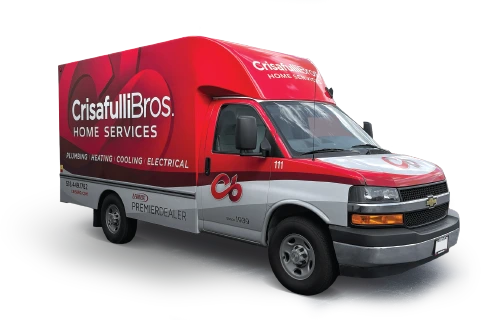Your heating system is a warming system that provides heat to your home or business from a primary heating appliance, typically a furnace or boiler often located in the basement or utility room. The heat is then distributed to other locations in the building through a network of pipes, tubing or ducts.
While central heating systems date back to the Roman Empire where they used what was called a “hypocost” which pushed warm air from furnaces throughout empty space under floors and through pipes in walls, today the most common types of central heating systems are “Dry Central Heating” (or “Forced Air”) and “Wet Central Heating” (or “Hydronic”).
Forced air heating systems generally uses a furnace connected to a network of ductwork that transports heat evenly throughout a home. The term “forced air” refers to a fan or blower within the central heating system that assists with the circulation by forcing the hot air throughout the house. Each room heated by the central heating system has a damper covering the duct that allows you to control how much air enters the room. To save energy, it is recommended you close the dampers in those rooms that are not being used. Depending on your needs, preferences and availably, forced air heating systems can run on either natural gas, oil or propane.
A hydronic or wet central heating system uses hot water to provide heat to your home. Working much like its counterpart, this type of central heating consists of a oiler that pushes air through a network of pipes into either radiators or convectors.
Thermostats, timers, and radiator controls allowing you to set your home’s temperature to suit your needs
Regardless of the type of heating system you choose or already have in your home it’s a good idea to have it cleaned and serviced annually to insure peak performance.




